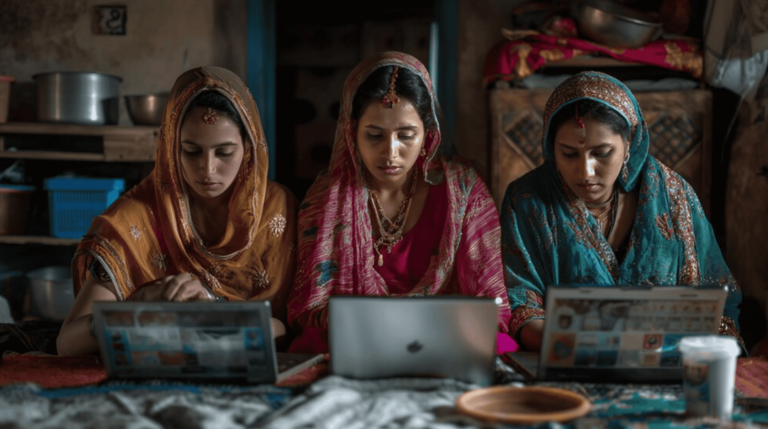India’s growing population remains one of the front-running pieces of information that the globe talks about. Internally, population growth is often cited as a challenge in multiple social development areas like employment, skilling, education, etc. However, this anxiety around population growth is not new at all. Akin to a few Asian neighbors, India has also had phases of drastic measures to subside this population anxiety. Different genders in different times have taken the brunt of this anxiety.
While women usually face the brunt of family planning responsibilities, the declaration of the 1975 Emergency in India is one example where the Indian men vividly faced the brunt of it. The Emergency saw the rollout of a government-imposed mass sterilization program. What was an encouragement towards family planning at first, soon became incentivised. All Chief Ministers had “targets” to achieve and even used measures such as the requirement to show sterilization certificates for receiving pay, renewing licenses, or even accessing basic services like medical treatment. The most vulnerable—those from lower classes, such as railway passengers, street dwellers, and even hospital patients—became easy targets, often forcibly sterilized regardless of age or marital status. A total of 6.2 million Indian men faced the fate of sterilization in just a year and unfortunately, 2,000 lost their lives to botched surgeries.
This enforcement had not only physiological but psychological impacts as well. Gendered attributes such as head of the family and creator of the family fell apart as the State overtook the family’s decision-making power and the procedures left the men feeling emasculated.
However, time and time again women remain the champions of family planning and population control policies. According to a 2019 study by the CEDA of Ashoka University, from 1992-93 to 2019-21, the share of women aged 15-49 who have undergone sterilization has gone up to 38% from 27% as male sterilization inches closer to flatlining. However, only 59% of the women who had undergone sterilization in 2019-20 reported being informed about the potential side effects or complications of the procedure.
The irony lies in the conflicting voices of science and society emerging from the place. The same society that idolizes a woman’s maternity career is the one placing the majority of the responsibility of curbing the baby fever on them.
Similar to a lot of discussions, this anxiety is yet again around the symptom and the consequence but not the cause. India has passed more than 35 two-child policy bills which incentivise small families since independence. There are penalties involved, of course. In states such as Andhra Pradesh, Telangana, Assam, Gujarat, Maharashtra, Odisha and Uttarakhand, there are various consequences such as prohibition from contesting in elections for local governments, holding posts in the local government offices etc..
The dialogue on family planning and incentivising small families does not throw as much focus on the awareness and health aspects. A 2019 article from the India Development Review called ‘India’s Population Explosion Narrative is Misleading’ highlights how individuals who want to make informed reproductive choices are unable to do so because the resources and the knowledge to access those resources are absent or discouraged. The duality of society and science comes in again as family pressures and societal opinions come into the way to delaying pregnancies, safe contraceptive practices and safe abortion.
It is important to note the larger context of successful execution of existing laws such as the Prevention of Child Marriage Act and imparting sexual health education in a taboo-free environment. These measures actually address the cause which predominantly lies in misinformation, lack of resources and lack of safe spaces to learn and understand sexual reproductive health. Shifting the reproductive agency to the individuals will truly bring meaning to family planning with the families being in the center of the decision making.
Resources:
- India: “The Emergency” and the Politics of Mass Sterilization
- India’s dark history of sterilisation
- India: male sterilisation order withdrawn after flurry of criticism
- Gender and Power: Sterilisation under the Emergency in India, 1975-1977
- Female sterilisation in India: Prevalence, informed choice and regret
- A job or a child: India’s coercive population policies
- India’s population explosion narrative is misleading




